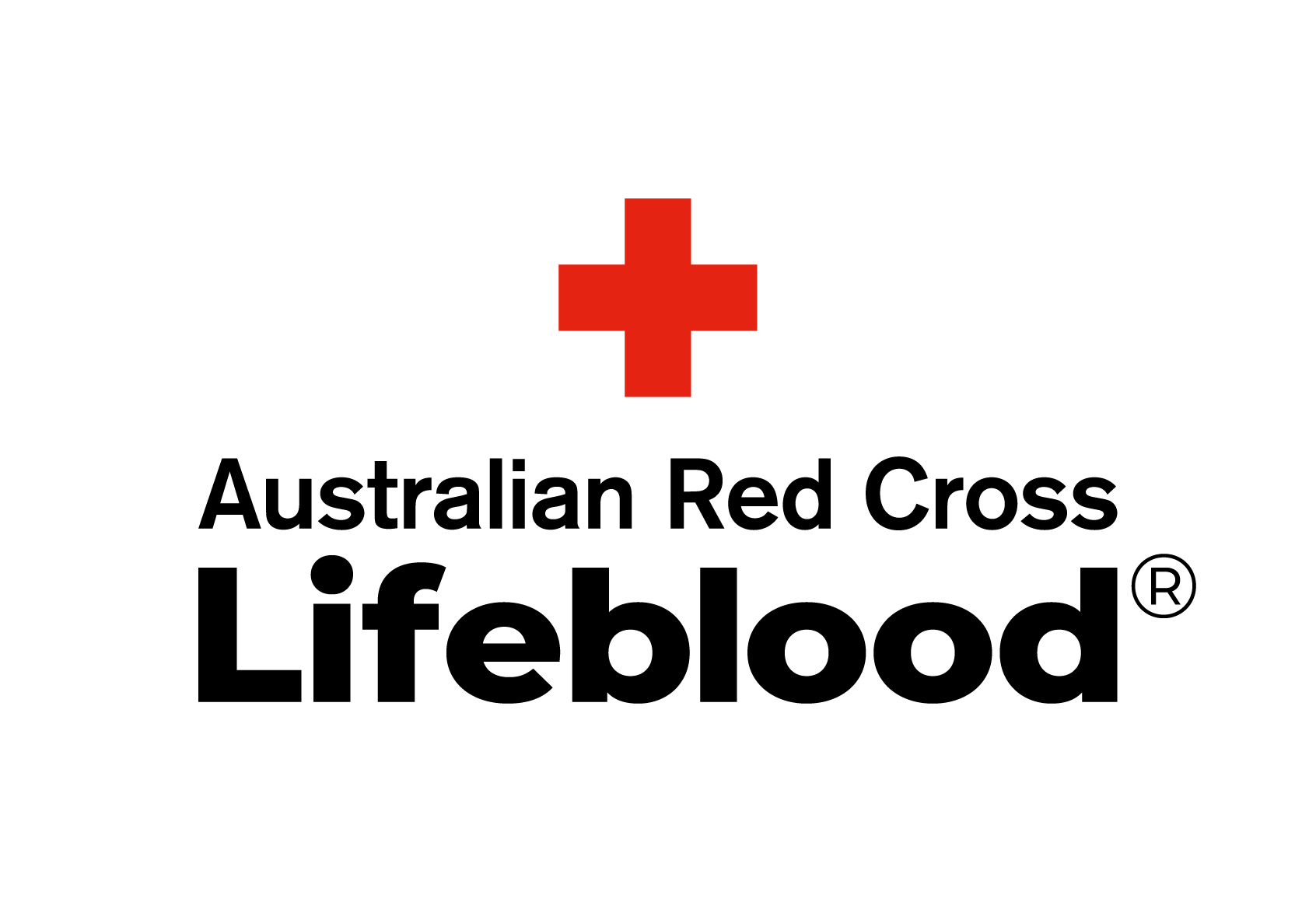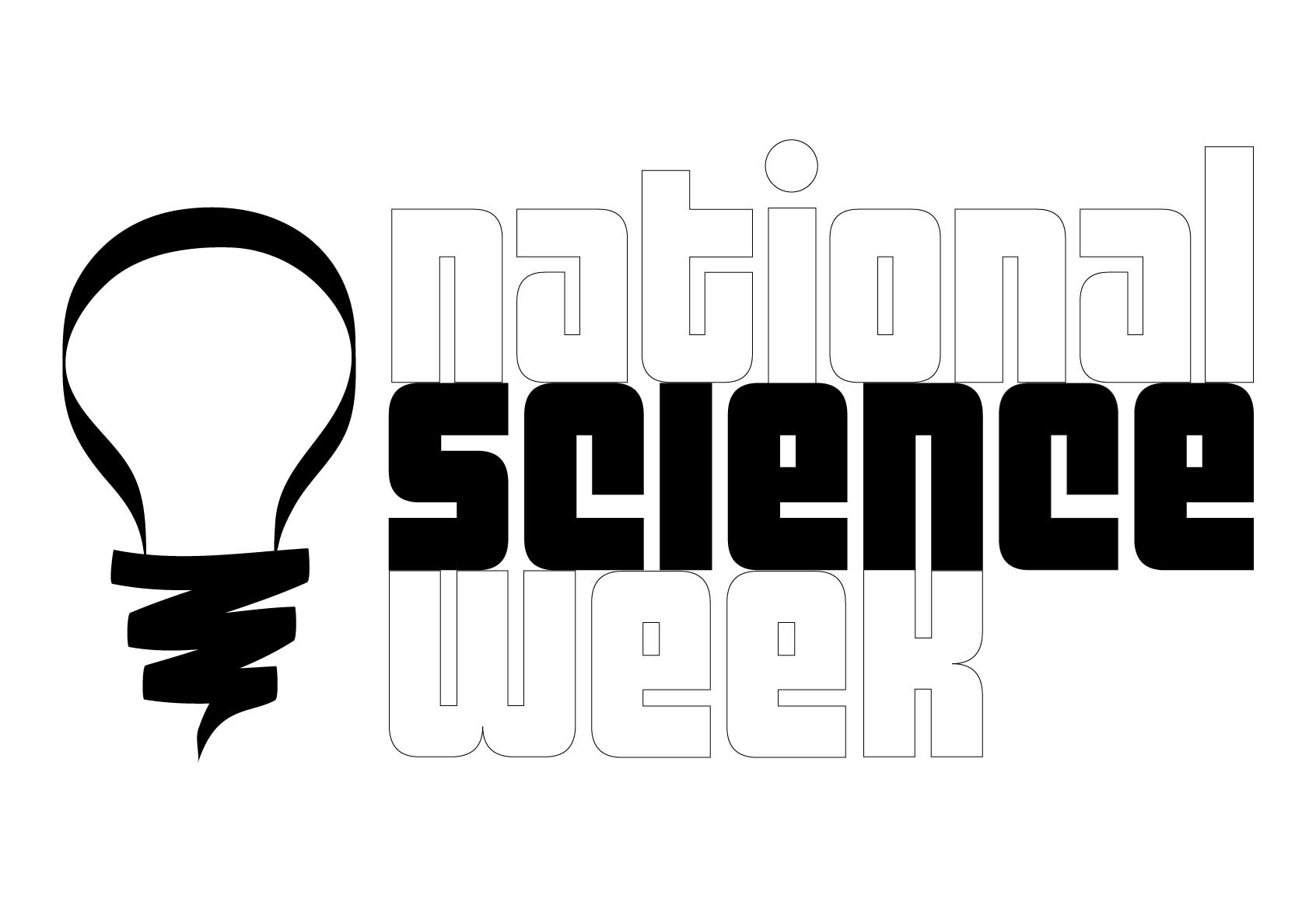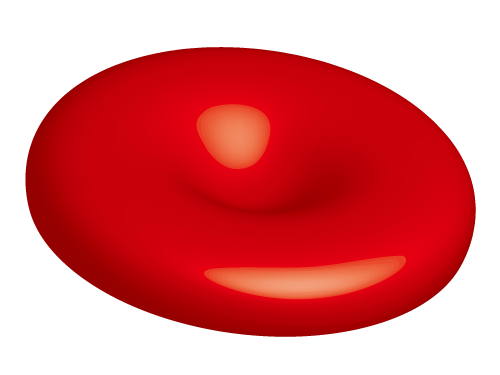The Big Bloody Slime Experiment
What is in blood? What do all the parts do? And what has this all got to do with SLIME?
Dr Rob and Australian Red Cross Lifeblood team up to investigate the wonderful world of blood, all whilst adding a little extra, the science of slimes, along the way.
Making a slime based version of fake blood (with all the components) is not just scientific and educationally insightful, it’s also a bloody good time!
How do I take part?
Register your interest using the form below.
This is a sequel to last year’s Big Bloody Experiment, and if you liked that, hopefully you’ll love this. After registering on the form below you will get any updates from us and links to the resources when they are released, ensuring you miss none of the fun.
How does it work?
The Big Bloody Slime Experiment is designed to capture the attention of the whole class all while making batches of slime based blood. There will be easy to follow videos explaining what to do, the science behind it all, links to the real world and some teacher tips.
There will be a broad range of stuff covered, including:
- what’s in our blood,
- what those blood cells all do and how it is vital for us,
- the strange ways of slime,
- slimes out there in nature,
- and lots more.
Timing
Ideally everyone does it around the Australian Science Week (mid-August), but it is fine to run your own timetable.
How long will it take and what will I need?
It can all be done in an hour or two, and there are only a few easy to source items required.
Register now
Register your school (or homeschool) to get all the updates/links for The Big Bloody Slime Experiment.
Please note a confirmation email will be sent after you hit subscribe and there is a link in it to confirm keeness. (If you can’t find it, check junk/spam folder)


The Science of Blood (and slime).
This may seem like a slime making (and testing) workshop at first, but the slime being made is modelled on human blood. Discover all the interesting things in blood, the science behind blood, and its importance to us. As a bonus there are some slimy extension ideas for the keen ones too.
There is also some experimenting built in, making and testing slimes with slightly different ingredient ratios, then testing their runniness (or viscosity as scientists would say).
And we’d love it if you share your results (via some great pictures) with other schools and the world, and us. But that is completely optional, of course.
Is all this free?
Pros
- Fun, engaging and (yes) educational event to run during National Science Week
- Great to do with a whole class
- Free lessons provided (they won’t feel like lessons)
- Suitable for Primary or Secondary students
- Easy to organise and minimal effort/materials required to take part
- Kids will love it
Cons
- There is the clean up of course, but it is actually pretty easy. Plus, you just made slime!
And special thanks to…
Lifeblood
Lifeblood for helping bring this experiment to life. To learn even more about blood, blood donation, or to become a donor visit Lifeblood.

Prime time of the year for Science around Australia. Pretty much everyone is doing something, and many carry the curiosity they then develop throughout their lives.

Blood Cells (and fragments)
Red blood cells may be the best known bits of the blood (and shaped like cushions), but what about white blood cells, platelets or even plasma? It is a magnificent mix of life saving stuff that we carry around all through our bodies.

